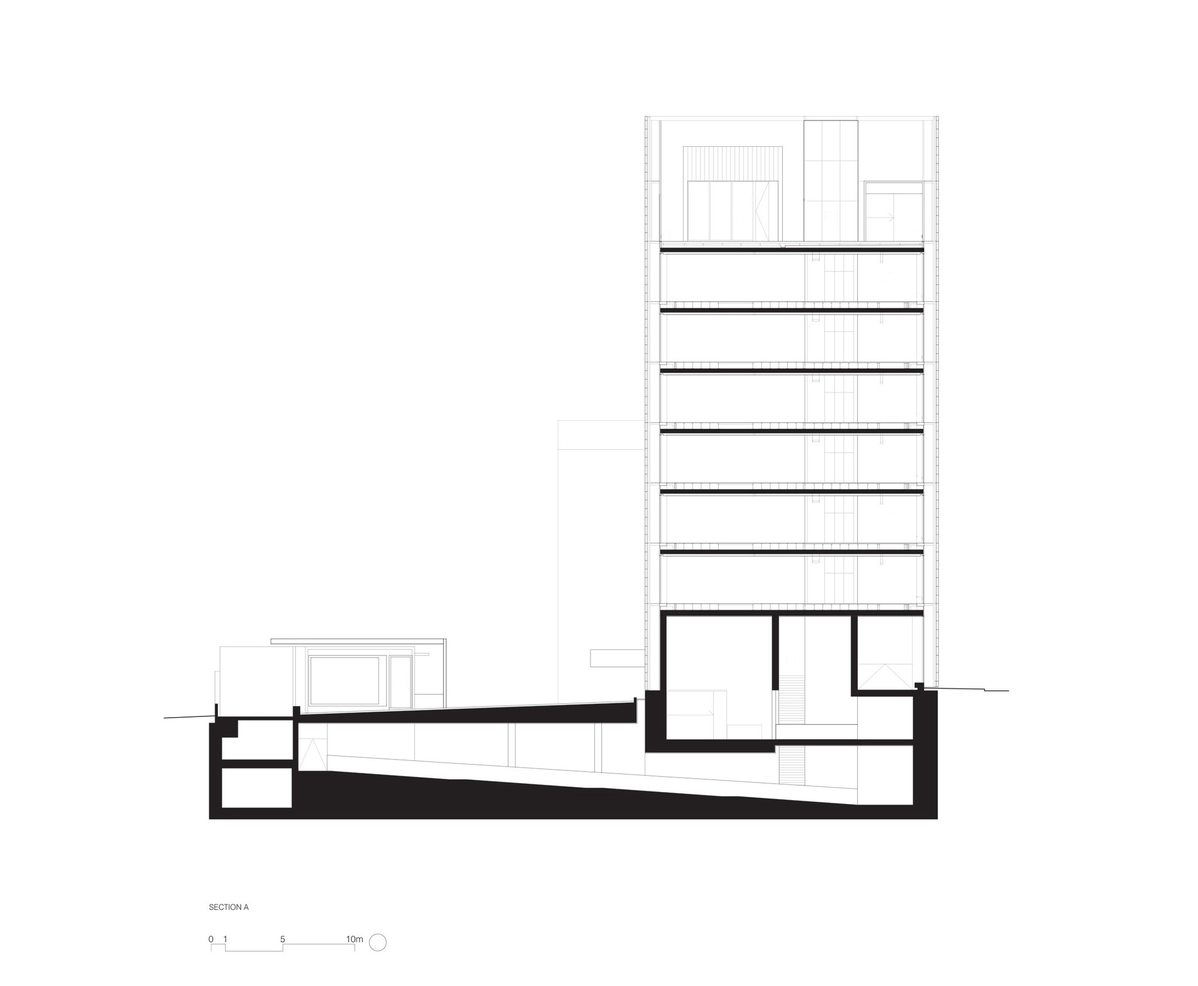The relationships between materials, environments and creative practitioners, as discussed in these installation and writing projects, opens up an expanded understanding of conversation as not only limited to verbal exchange. This implies that each element of the conversation has agency and the potential to speak back to the other parts. This is where the prefixes co- and con- become important: Conversation; collaboration; working with, together and alongside, which leads to ideas of co-formation – between projects, environments and the various creative practitioners involved in these unfolding processes.
A material conversation unfolds through material interaction, or through what Karen Barad calls ‘mattering’. According to Barad, in an “agential realist account, matter is a dynamic expression/articulation of the world in its intra-active becoming. All bodies, including but not limited to human bodies, come to matter through the world’s iterative intra-activity – its performativity. Boundaries, properties, and meanings are differentially enacted through the intra-activity of mattering.” This ‘performativity’ is at the same time an ‘expression/articulation’ and an engagement of inter- or intra- action. The shared materiality of all agents taking part in this interactive conversational engagement allows for a revelation of our individual ontological contingency, our existence as ‘entangled’ beings.
This revelation of entanglement also begins to reveal what is shared among agents. This is proposed by Bennett as the ‘thrill’ of an aesthetic experience, as she writes, “The thrill may also involve something like recognition. By this I mean an uncanny feeling of being in the presence of an aspect of oneself – a non- or not-quite-human aspect that is nevertheless intrinsic to one’s flesh and blood and bones – also present in the body of another.” To recognize this shared aspect common to ourselves and our living and non-living conversants can begin to reveal our existence as ‘things’, a kind of self-objectification. The multiple concurrent and consecutive conversations in which we materially take part can also be considered as constitutive of our subjectivity. The comingling of agencies present in an event – be it cognitive or physical– collaborate, affect, change, support or dissuade our human thoughts and actions, as we do in turn. Any personal sense of self must, at any moment, be at least influenced by these ongoing conversations.
Conversations are open-ended – they are negotiations that occur without certainty of direction or endpoint – imbuing their participants and the wider context with a sense of tentativeness. This interdependence between bodies, materials and surrounding environments is suggestive of a reciprocal co-formation of world and sense of self. Paul Carter has stated that, “As soon as we reconceive the human subject relationally – not as something acted upon but instead dialogically constituted – then the vortex merely describes the ordinary dynamics of everyday life, the endless process of emergence precipitated by human interaction, and which finds its simplest manifestation in conversation”. From this reconception, conversation becomes not only a way of being attentive to the rhythms and murmurs of an environment so one can consciously take part through selections and actions, but it also becomes a way to be attentive to the changes within, the continual change of the self in relation to its surroundings.
To engage in material conversations with architecture, Lefebvre’s ‘rhythmanalysis’ provides a way to tune into the multiple ways in which buildings move and their tendencies towards and influences on action – that is, their dispositions. It also opens up ways of thinking and practising relationally. Evacuating distance, dissolving barriers and working instead within a continuum of interconnectivity links rhythmanalysis, New Materialist thought and the practice of thresholding developed in our iterative collaboration with the Design Hub. This building of material conversations offers a form of creative practice that can take advantage of our relational way of being, and to find productive entanglements that lead to new thoughts and actions.
| previous | next |









